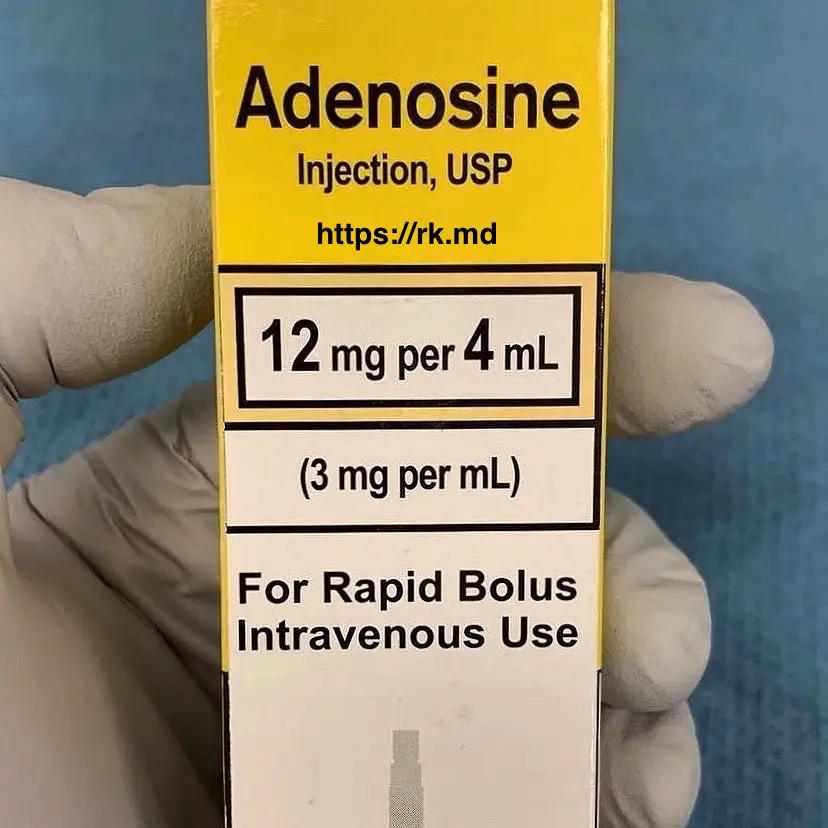Adenosine is a nucleoside that forms the backbone for energy substrates like ATP and signal transduction/second messenger systems like cyclic AMP. Clinically, it converts supraventricular tachycardias that involve the atrioventricular (AV) node like certain AV reentrant and AV nodal reentrant tachycardias. Adenosine transiently blocks the AV node via inhibition of the calcium current. Additionally, it can induce coronary vasodilation for percutaneous interventions and arrest blood flow during aneurysm clipping.
Although I usually prefer diltiazem, I’ve pushed adenosine for reentrant rhythms in my OR and ICU practices. If I go the adenosine route, I’ll use a three-way stopcock on short IV tubing connected to an antecubital peripheral IV to push the medication and immediately flush 20 ccs of crystalloid. Alternatively, I’ll mix adenosine with crystalloid in a 20 cc syringe and flush it as a single push. Adenosine has a plasma half-life on the order of seconds, so it must reach the heart quickly! Patients often develop flushing, chest pain, hypotension, shortness of breath, and even a sense of impending doom… along with a short-lived run of asystole. It’s the medical equivalent of an “off/on” switch.
Adenosine is also a neuromodulator that plays a pivotal role in the sleep cycle. Caffeine is structurally similar to adenosine and works as an adenosine receptor antagonist to maintain neuronal activity and wakefulness.
Drop me a comment below with questions! 🙂






